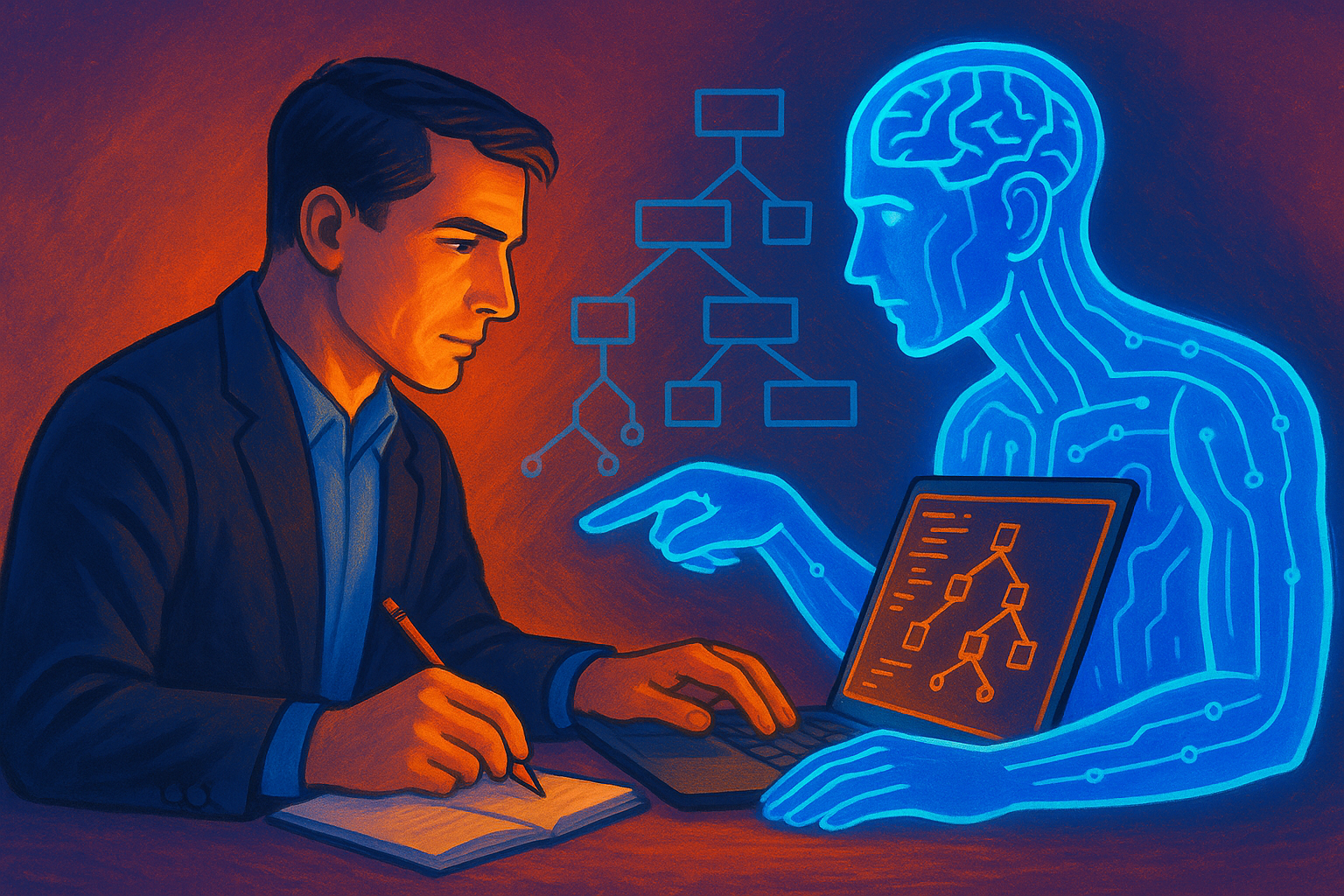
Cooking Math: When AI Starts to Prove Theorems
Just a few years ago, large language models could barely solve basic math problems. Fast forward to 2025 and they are now helping mathematicians explore uncharted territory. The article “Cooking Math: On the Verge of a Breakthrough?”dives deep into how reasoning models like GPT-5 are transforming mathematical discovery itself.
What used to be a human-only domain — conjectures, proofs, abstract logic — is now shared with AI systems capable of extending theorems, finding counterexamples, and even suggesting new approaches to long-standing problems. One experiment, known as the Malliavin–Stein test, showed GPT-5 not just solving a problem but turning a qualitative theorem into a quantitative one. Another, the Gödel Test, revealed the model’s ability to refute or improve on human conjectures with minimal prompting.
Perhaps the most striking moment came when researchers including Scott Aaronson used GPT-5 Thinking to uncover a new analytic observable in quantum complexity theory, an idea that began as an AI suggestion and ended as a peer-reviewed result.
What does this mean for the future of math? The bottleneck is shifting. Instead of focusing purely on generating ideas, mathematicians are now orchestrating, formalizing, and verifying those sparked by machines. The partnership between human creativity and AI precision is reshaping the very process of discovery.
These breakthroughs do not mean AI is replacing mathematicians. But they signal a profound transition: models are no longer just calculating, they are beginning to reason.
If the idea of an algorithm helping invent new mathematics sounds like science fiction, it is time to think again.
Read the full article here: Cooking Math: On the Verge of a Breakthrough
The evolution of data centers towards power efficiency and sustainability is not just a trend but a necessity. By adopting green energy, energy-efficient hardware, and AI technologies, data centers can drastically reduce their energy consumption and environmental impact. As leaders in this field, we are committed to helping our clients achieve these goals, ensuring a sustainable future for the industry.
For more information on how we can help your data center become more energy-efficient and sustainable, contact us today. Our experts are ready to assist you in making the transition towards a greener future.

DeepMind has built an AI “co-scientist” that automates parts of the research process by generating, testing, and refining code like a tireless grad student. It’s already outperforming human baselines in multiple scientific domains, offering a glimpse into how AI could accelerate discovery.
Read post


Meta FAIR’s new Vision Language World Models (VLWM) take a fresh approach to AI planning: instead of predicting pixels or manipulating abstract vectors, they describe future states and actions in plain English. This makes plans interpretable, editable, and easier to trust, bridging the gap between perception and action. VLWM uses a pipeline of video-to-text compression (Tree of Captions), iterative refinement, and a critic model to evaluate alternative futures, achieving state-of-the-art results in visual planning benchmarks. While challenges remain—like text fidelity, dataset quality, and limits on fine-grained control—VLWM marks a major step toward human-AI collaborative planning.
Read post
